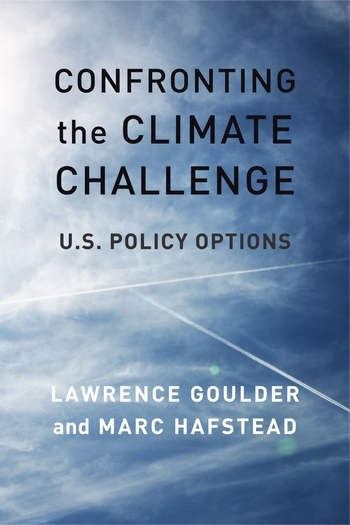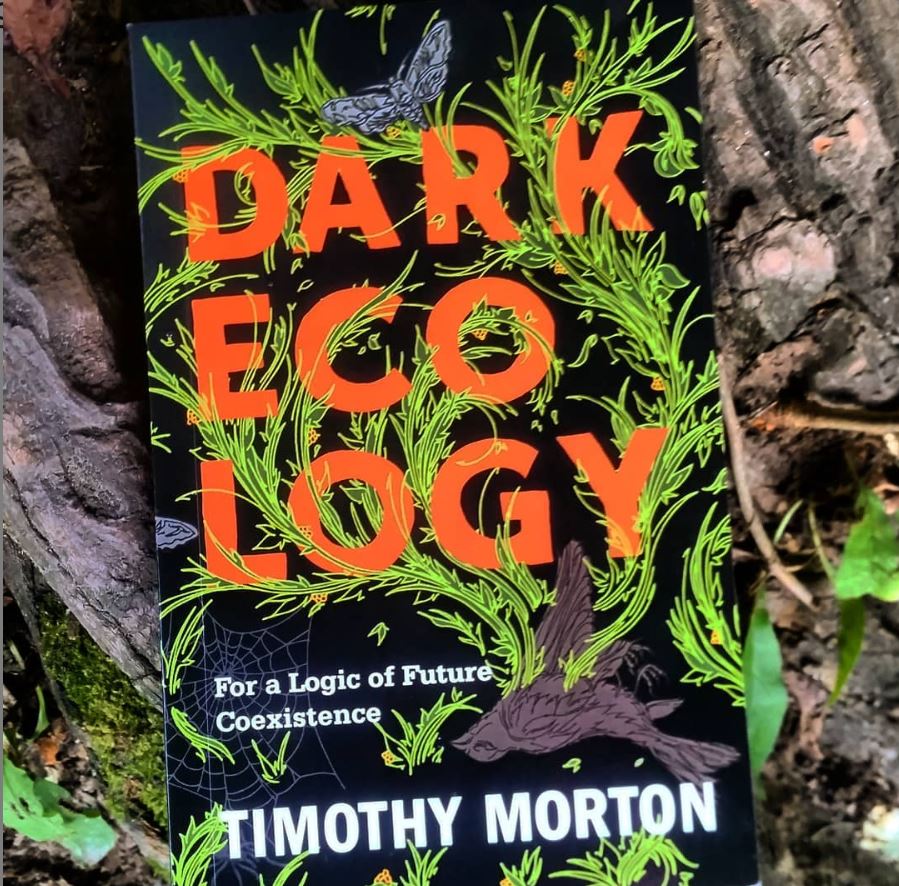Jean Yen-chun Lin on A Spark in the Smokestacks

When author Jean Lin initially approached first-time homeowners of newly built gated communities in Beijing regarding their protests against overflowing landfills and waste incinerator construction plans, she believed that her research should focus on mobilization strategies in an authoritarian context. Instead, she was struck by the in-depth environmental information compiled and organized by the elderly retirees, civil servants, and office workers living in the communities. As she scrambled to take notes on complex wind measurements, Environmental Impact Assessment (EIA) analyses, and dioxin emission case studies provided to her by middle-class homeowners, a new question came to mind: how did these newly built gated communities become wellsprings for environmental organization in the most unlikely of places—China? A Spark in the Smokestacks explores how everyday community civic life cultivates organizing capacity, and tells the story of how a pivot to citizen science engagement and data collection helped an urban middle class overcome institutional barriers in an authoritarian context.
Q: What inspired you to write the book?
Jean Yen-chun Lin: When I first presented on how Beijing middle-class homeowners learned to use citizen science and community data collection strategies to dialogue with government officials around trash incineration, I was placed on a conference panel entitled “Authoritarian Repression.” That surprised me, and I realized that the story of citizen learning and associational life is easily overlooked in an authoritarian setting. There’s kind of this assumption that “democratic processes” either don’t exist or are constantly being limited. This book portrays Chinese communities at a critical juncture of urban transformation, accompanied by housing grievances, environmental grievances—familiar processes that many cities go through globally. These housing communities serve as “schools of democracy” where first-time homeowners cultivated associational life, formed networks of sharing and trust, practiced local leadership, and built up the capacity and structures needed for larger-scale organizing when collective grievances arose. I really wanted to bring these aspects to life.
Q: What’s so special about these gated housing complexes in the book?
Lin: The gated housing complexes can be understood in the context of urban housing reforms in China after the 1980s. The reforms profoundly restructured the known way of life for urban residents. Prior to the reforms, urban housing was provided mainly by the danwei (work unit) or, simply put, the workplace. Urban residents’ sense of belonging was centered on the work unit, rather than on their homes or neighborhood. After all, they did not own their housing. Residents were organized by occupation, living in spaces regulated by state-owned enterprises and local governments. Healthcare, education, and employment were all provided by the workplace. Danwei residents had little control over the quality of their housing, and homeownership was not possible as an ordinary citizen under the system. Urban lives looked similar for most residents—differences in social class based on housing or lifestyle were hardly discernible.
In the early 2000s, urban China saw a massive wave of housing commercialization. The scope of this transformation in Beijing is staggering: thousands of new homeowners moved into hundreds of new gated communities in the same city at around the same time. So, for the first time, many people were moving into communities as strangers with no work affiliations, with housing and social services no longer provided for them. These economic and urbanization developments resulted in a drastic change in people’s way of life. Property ownership placed agency into the hands of urban middle-class residents—housing matters and everyday needs were now in their control, rather than that of the government. Also, as physical spaces, these gated communities are massive! (They’re not the sparsely-populated gated communities in American suburbia.) Chinese urban gated communities sit in the middle of a bustling city, and can house tens of thousands of residents. If you picture them mushrooming in a city like Beijing, you can imagine the drastic changes to the spatial organization of a city.
Q: How did homeowners not know they were moving into homes next to existing landfills?
Lin: Because people were acclimated to the danwei system, and because many gated communities were still under construction when homes were being sold, purchasing one of these homes did not necessarily involve visiting the site. Aside from confirming that the school district was good and hearing from the developers that the area had “good winds, good water,” the homeowners with whom I spoke had learned very little about the surrounding areas. Having purchased their homes in the early 2000s, they had not benefited from the now-widespread prevalence of online mapping. Even when I began fieldwork in Beijing in 2009, neither Google Maps (which was not blocked in China at the time) nor the local competitor (Baidu Maps) was reliable. Buildings and residential complexes were popping up so quickly across the city in the early 2000s that mapping technology was struggling to catch up. The three communities featured in the book, though located in very different parts of Beijing, experienced almost the exact same process: new homeowners discovered a smelly landfill shortly after moving in (as urban landfills quickly reached capacity), and subsequently learned through back channels about incinerator construction plans that were not officially announced to them. This surprised me—during the same time period, we’re talking about three different landfills, three separate plans for incinerator construction, and three different outraged communities!
Q: Speaking of surprises, what surprised you most about writing A Spark in the Smokestacks—whether in research, writing, or response?
Lin: I think some of the responses surprised me the most—folks frequently ask about how many out of the three incinerators were actually built. I think people often define organizing “outcomes” in a very one-dimensional way—as whether the incinerators were ultimately constructed or not—rather than considering the processes (successes and failures) that led to community change.
Two out of the three incinerators were constructed. But the consequences of organizing can be felt in so many different aspects of community life. That’s why there is a focus on capacity building in this book—the capacity to cultivate community-level leadership, to fundraise, to mobilize for action, etc. For example, two of the three communities created durable (and officially registered) environmental organizations to continue working on environmental issues beyond trash incineration long after the anti-incinerator organizing efforts ended.
Q: What’s a common misconception about contentious protests in China?
Lin: To me, it’s the focus on protest repression. Repression does happen, especially when it comes to public demonstrations, but the responses and pushback to “softer” forms of repression can really be surprising. For example, community members made posters depicting incompetent local officials and posted cheeky jokes on online homeowners’ forums about the very serious event of a home visit by a government official (“So-and-so came over to our home for tea today”)
There is also life after repression—community members were invited by officials to go on an incinerator tour after its construction, for example. Sure, it might be a way to quell further dissent, but it does allow us to think about repression as a dynamic interaction, rather than always as a heavy-handed, immediate end to protesting. This is especially the case for environmental protests. The trash problem is one of many environmental issues China has begun to confront over the past three decades. Because the central government has focused its environmental efforts on problems arising with rapid urbanization, citizen protests can at times align with the government’s environmental initiatives. So, despite official reluctance to recognize protests in the media, environmental organizing provides a unique opportunity for Chinese citizens not only to form associational bonds with one another but also to mobilize for collective action with less likelihood of strong state interference compared to other types of protests.
Q: What are some of the broader impacts and legacies of these anti-incinerator protests?
Lin: Some homeowners faced repression, and two incinerators were constructed. However, community leaders in urban Beijing’s gated housing communities perceived that their organizing efforts had made a difference because they were able to bring environmental issues to government attention. More importantly, even though engagement varied across communities, homeowners’ efforts left behind a legacy of civic skills, leadership abilities, increased environmental awareness, deeper understanding of environmental laws, and insight into how the government operated.
The citizen science that occurred in these communities, which required homeowners to research and interpret complex information, also deepened middle-class environmental participation. In this way, citizen science promoted meaningful participation and a sense of civic duty. Although the three community sites featured in the book were unable to converge during their collective action, this large group of urban middle-class homeowners cultivated sets of skills and the capacity for organizing locally. These skills and this sense of civic responsibility (as citizens of Beijing) are reflected in many homeowners’ continued environmental efforts even after incinerator protests had ended—whether in the form of an environmental company, a community organization, or personal action (like recycling and composting at home).
Finally, an unexpected consequence of homeowners’ organizing efforts was their newfound role in environmental education, exemplified by their participation in workshops organized by environmental nonprofit organizations. These workshops gave community representatives frequent opportunities to present their organizing experiences and citizen-science discoveries. This platform solidified their roles as citizen environmental specialists, playing a part in educating a larger urban population and incorporating their voices into Beijing’s environmental civil society. Delivering environmental education reinforced community representatives’ sense of civic duty.
Q: What do you hope people take away from A Spark in the Smokestacks?
Lin: Most importantly, that mundane, everyday civic action can cultivate the skills needed for political organizing and advocacy work!
In addition, in the field of urban sociology, scholars often focus on housing as a source of inequality and the impact of housing instability, reflecting current urban housing challenges in the United States, such as increasing costs of housing and gentrification. But elsewhere in the world, rates of homeownership are increasing rapidly and are already much higher than in the United States. China has a homeownership rate of around 90 percent, compared to the U.S. rate of 65.8 percent, according to recent data. If housing stability is actually increasing in urban areas in many parts of the world, then some positive and empowering changes may be coming up for the civic lives of the middle class.






